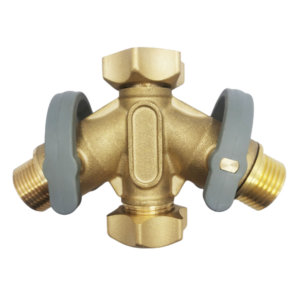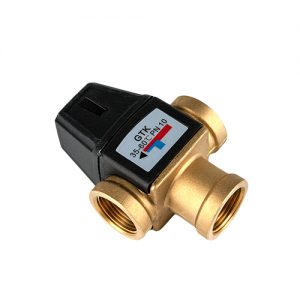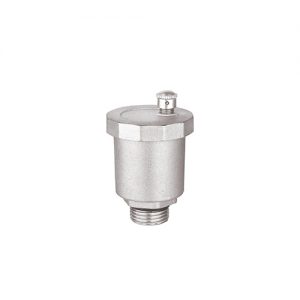Description
Brass Relief Safety Valve
JX-0904
- Size: 1/2 “,3/4”
- Construction Material (Plumbing): Brass
- Manufacturer Guarantee: 1-Year Guarantee
- Operating Water Pressure: 0.5-3 bar
- Using solar Water Heaters Temperature
- Pack Size: 1
- Spring: Stainless steel
- Pieces in Pack/Case: 1
- Product Type: Temperature & Pressure Relief Valve
- Temperature Range: 5-110 °C
— Pressure safety relief valves are typically used to control pressure on boilers in heating systems, on stored hot water cylinders in domestic hot water systems, and generally in water systems.
- T&P relief Valve Function:
The T&P valve is designed to relieve the increase in pressure which develops during the normal heating cycle.
This is caused by water expanding during the heating cycle. The T/P valve will then relieve pressure by releasing hot water drips to the drain line. It is recommended that an expansion control valve be fitted to the cold water supply line to reduce cold water(not hot water) during the heating cycle expansion, thereby saving energy and increasing the life of the T&P relief valve. Local regulations may require installing an expansion control valve in the cold water supply line.
With so many brass pressure relief valves to choose from, it can be challenging to find the right one. Whether you are looking for a valve that has a higher flow rate or is more durable, here are some essential things to consider when choosing your next brass pressure relief valve:
1) What type of piping system do you have?
2) What is the pipe size?
3) How much PSI does your system operate?
Once you have answered these questions, you can narrow your search for the perfect brass pressure relief valve. For example, if you have a system that operates at a high PSI, you will need a valve to withstand higher pressures. Conversely, if you have a minor piping system, you may consider a valve with a lower flow rate.
Always read the manufacturer’s instructions carefully before installing, no matter what type of valve you choose. By following these simple guidelines, you can be confident that your new brass pressure relief valve will provide years of reliable service.
When choosing between different brass pressure relief valves, there are several factors worth considering:
-What type of piping system do you have?
-What is the pipe size?
-How much pressure does your system operate at?
Answering these questions will make it easier to narrow your search for the perfect brass pressure relief valve. For example: if you have a more extensive piping system with high operating pressures, you may want to consider one that can handle higher flow rates and has extra features (such as a pilot light). Conversely, if you choose between two valves that can withstand up to 150 PSI but only differ by 0.25 GPM in their flow rate, then maybe select based on price alone. The key here is knowing what factors matter most when purchasing something like this, so don’t be afraid to ask for help from a qualified technician.
Like anything else, it’s essential to read the manufacturer’s instructions carefully before installation. Following these guidelines ensures that your new brass pressure relief valve will provide years of quality service!
Once you have chosen the perfect brass pressure relief valve for your system, it is essential to install it properly. These instructions are based on a typical installation with similar-sized piping and valves. The first step in choosing an appropriate location for installing your new valve will be finding out what type of piping system you currently have.
Depending on the answer, there may or may not be any further steps required before moving on to the next section: Determining pipe size. If this was already calculated during Step One (piping systems), then proceed directly here; if not, please continue reading below:
Most sizing charts that can help determine pipe sizes generally refer back to either inch-pound units or PSI; depending on where you live, one of these measurements will be more common. To convert your pipe size into PSI, you can use this online calculator or do it by hand:
(Pipe Size – Pipe Schedule) x Pressure Rating / (12″ for inch-pound; 100 for metric) = PSI
For instance, a ½” – 80 schedules 40 pipes has a psi rating of 350: (½” – 40)x350/100= 525psi.
Once you have determined the pipe size in PSI, it is time to find what pressure relief valve will work with your system. Now that you know the piping system and pipe size, finding a brass pressure relief valve should be as easy as pie!










